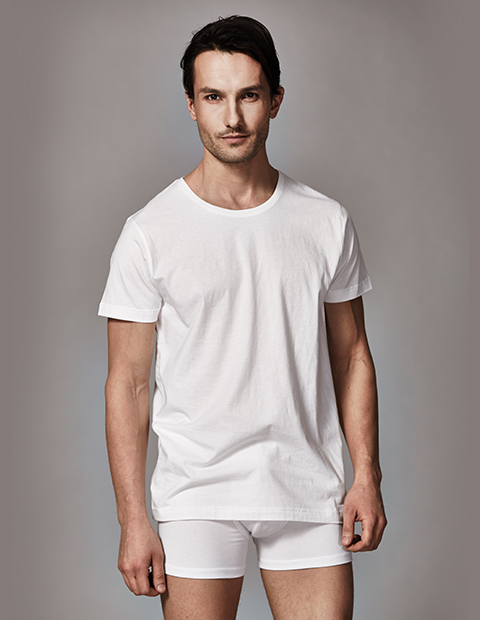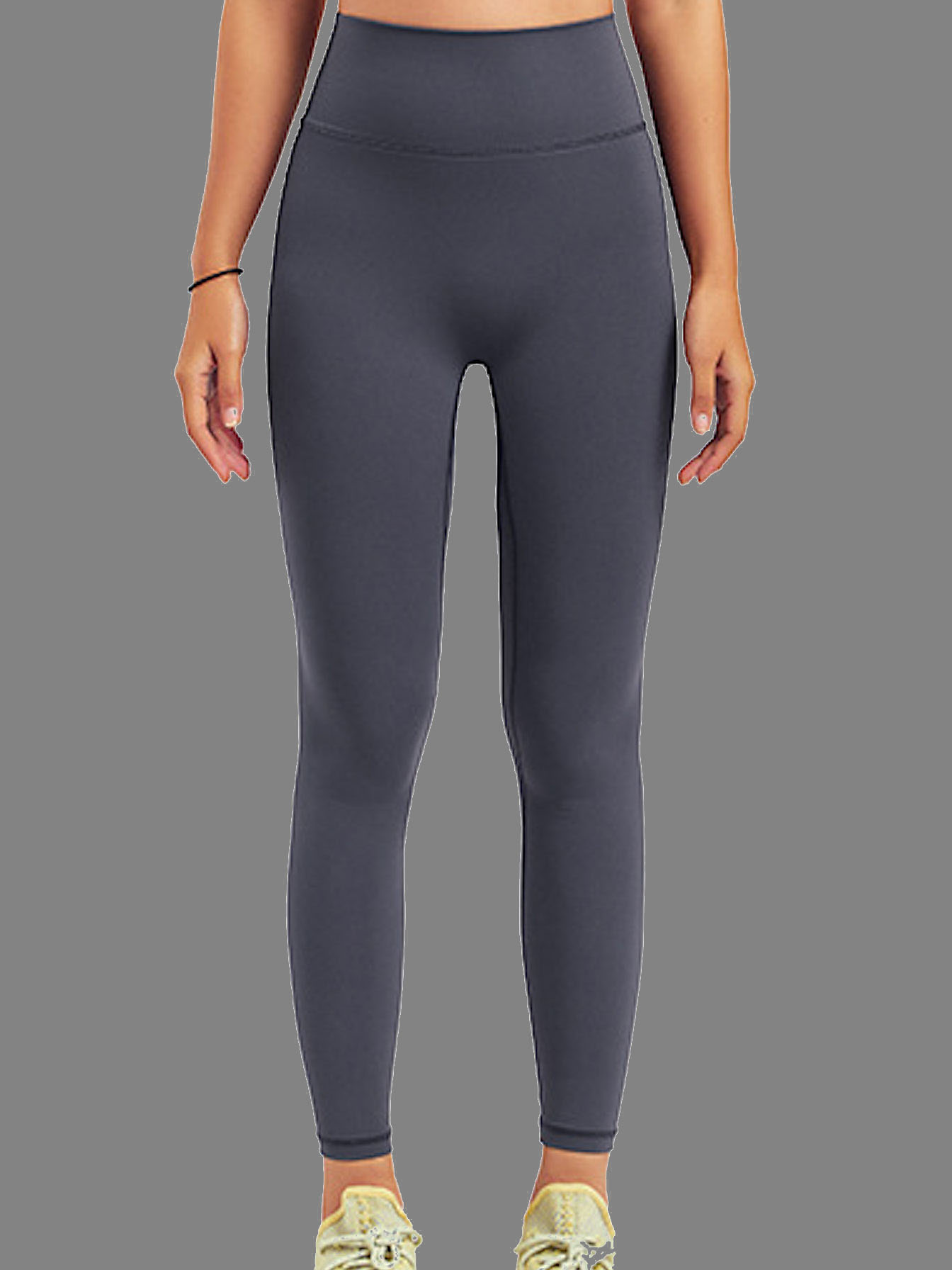




Established in Shanghai in 2004, Peony & Buyoh, as a branded eco friendly clothing company, focusing on making environmentally friendly clothing made in organic cotton, bamboo viscose, modal/micro modal, and recycled materials. In order to make quality products, on-time delivery, and good service, we have invested fabric knitting factories, clothing sewing factories, and dyeing factories in the past more than 10 years. There is more than 300 staff, and an annual output of more than 6 million pcs/sets of clothes are exported to Europe, North America, Australia, South America, etc.
To achieve a sustainable society, we have done a lot of work on developing and sourcing eco-friendly, sustainable materials for clothing and materials for packaging. Planting without pollution as organic cotton; Regenerated fiber as bamboo and modal; Energy conservation and pollution reduction as recycled polyester fiver from discarded plastic bottles; For packaging, biodegradable plastic bag and recycled paper boxes are used. Welcome to work with us for building an eco-friendly society.






